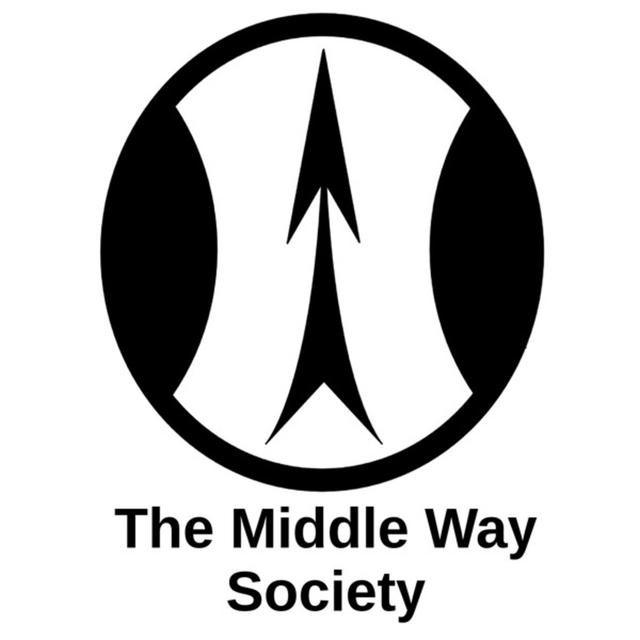MWS Retreat 2013: Talk 6.7, Ethics. Practical Ethics using the Middle Way
How the Middle Way can be used to make and justify moral decisions. Includies discussion of approaches to some moral issues such as vegetarianism and abortion.


How the Middle Way can be used to make and justify moral decisions. Includies discussion of approaches to some moral issues such as vegetarianism and abortion.
The strengths and weaknesses of Buddhist ethics using the Middle Way as a criterion.
How Middle Way ethics can be universal in application.
How the Middle Way involves avoiding both absolutism and relativism.
The distinction between facts and values has influenced our thinking since Hume made it in the eighteenth century. However, there is no justification for this distinction in practice. It is an abstract logical distinction inappropriately applied to practical judgements.
Moral naturalism dominates academic approaches to ethics today. However, in deludedly attempting to merely describe ethics or base it on facts, it fails to acknowledge the unavoidable prescription of conventional values that accompanies the mere analysis of ethics. Instead of trying to reduce ethics to facts, we need to recognise the interdependence of facts and values, and develop an ethics that strikes a balance between being realistic and being challenging.
There is a widespread avoidance of ethics, and substitution of other kinds of judgement (e.g. of law, psychology or professionalism) because of an unnecessary assumption that ethical positions are merely private choices and cannot be justified..
Why is modern science better than the scientific beliefs of the past?
Why there is no distinction between the objectivity of science and that of ethics.
What may seem like confidence when someone is over-assertive may actually be based on the doubt that arises from conflict.
Truth is unattainable and we should not relativise its meaning to make it so. However, truth is still a meaningful concept for us and can be a regulatory idea or an archetype.
This section discusses a selection of cognitive biases – distortions to our judgement identified by empirical psychology – and relates them to metaphysics.
This gives a fairly detailed account of the problems with metaphysics, which are not only due to its separation from all evidence, but also its psychological effects.
How belief (like desire and meaning) can be integrated, not just through having more coherent beliefs but also by recognising that they might be wrong.
How practice can help to integrate meaning.
An introduction to archetypes. What Jung calls ‘resolved’ archetypes are also integrated ones.
How meanings can be fragmented just as desires can be in conflict, and how they can also be integrated.
Continues the criticism of representationalism, showing its link to metaphysics. Discussion of the way this blocks understanding of the objectivity of emotion.
Explains some of the negative effects of representationalism (the traditional theory of meaning that is not embodied) on philosophy, religion and ritual.
Explains the embodied meaning theory of George Lakoff and Mark Johnson. This provides an alternative way of understanding meaning based on our bodies that has huge implications for our thinking.
Why meaning is an important subject that relates to other issues and enshrines false dichotomies. At the basis of these false dichotomies is the split between cognitive meaning (‘dictionary meaning’) and emotive meaning (‘meaning of life meaning’). In our experience, no such split occurs.
Integration may be thought of psychologically, but it applies just as much at the social and political level.
This understanding of the role of the ego can be supported by the work of Iain McGilchrist on the specialisations of the two brain hemispheres.
We are dependent on the ego, and cannot escape it, but we can gradually integrate conflicting egoistic desires.
Explains the argument (in Buddhism and Hume) that the self is a metaphysical belief beyond experience, but suggests the ego (the wish to be a self) as a much more helpful concept that we can relate to experience. The ego is a set of projections and identifications that are not necessarily limited to one individual.
Explains why the division between desire for enlightenment and ordinary desire in Buddhism is problematic, and offers an alternative model compatible with integration of desires.
How can we identify metaphysics? This discussion offers some initial key features.
Is it possible to separate the metaphysical elements of religion from the other useful elements? A detailed discussion that took place after the talk.